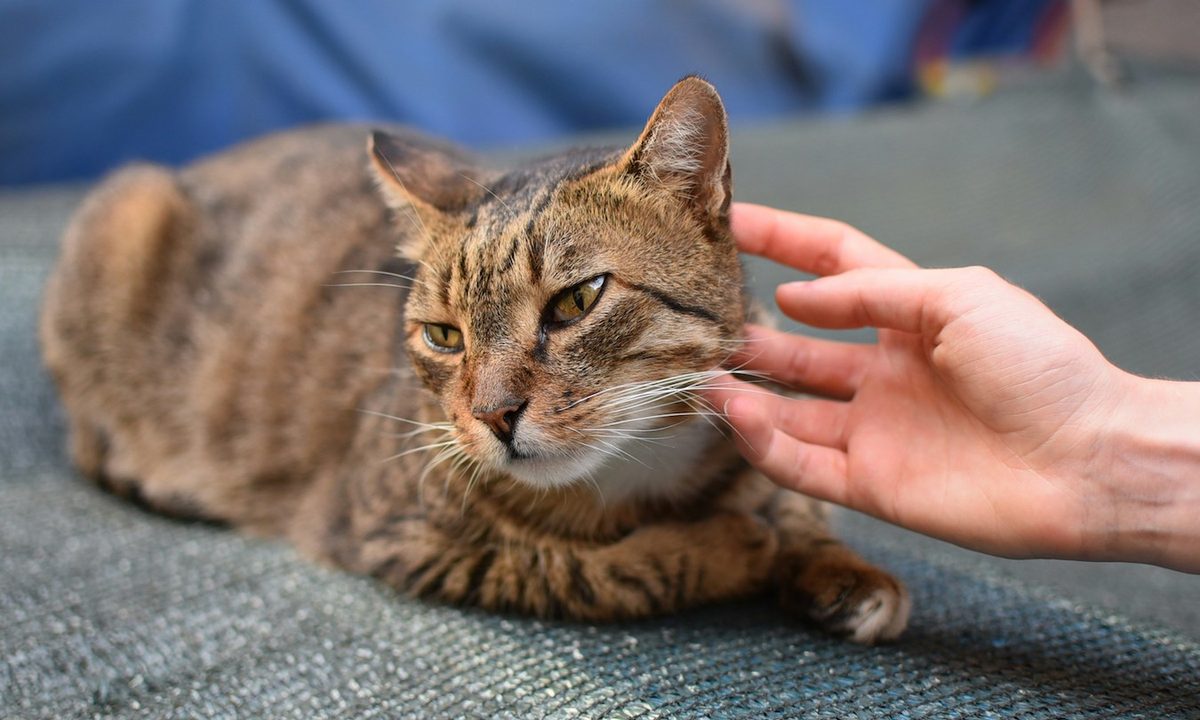You have almost certainly heard of a dog’s tickle spot, but are cats ticklish? Like us and their canine cousins, kitties do experience tickling, although they may not like it much. Sometimes humans tickle for fun, but that might not feel natural to your cat in most circumstances. Still if you know how to approach her and what signs to look for, you could wind up both enjoying the occasional tickle. We also have some tips on other places to scritch if the tickling doesn’t work out.
Are cats ticklish? Where are cats the most ticklish?
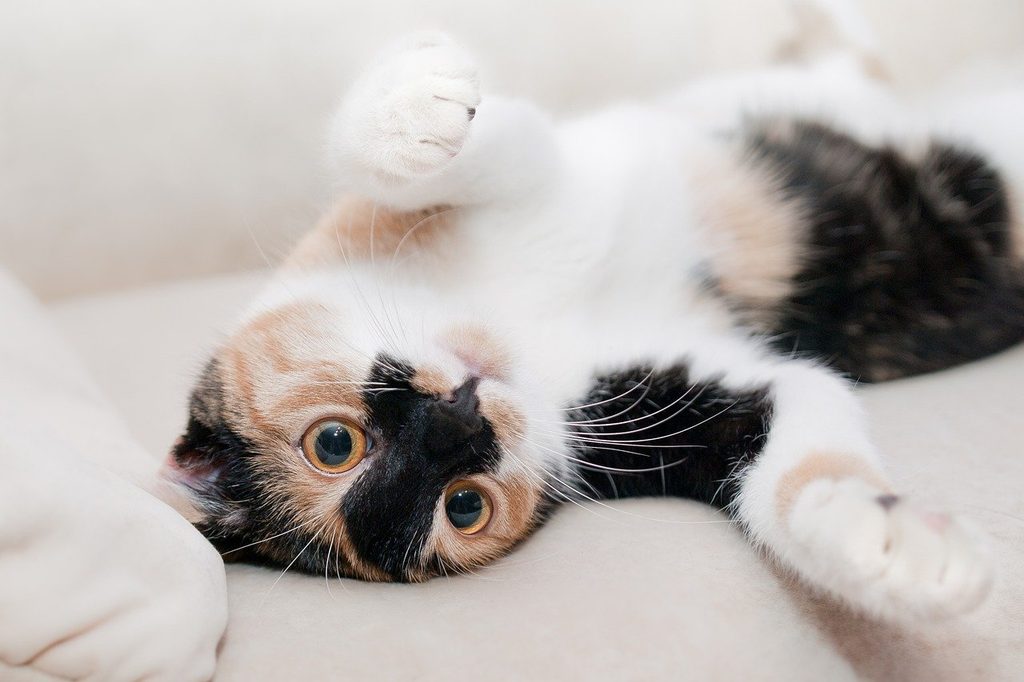
Fur protects your cat from all manner of things — the sun, brambles, and bugs, to name a few. The fuzziest spots, therefore, won’t have as much of a reaction to tickling. So if your cat does like the occasional scratch, you should focus on areas without as much hair, including ears, nose, and paw pads. Hairless cats have a lot more locations without the protective fur, and so will have more tickle spots.
You probably already know that cats have sensitive tummies, but that doesn’t mean they’ll enjoy a goosebumpy rub there. “Cats are often sensitive to having their stomachs touched, as this is where ticks might attach and spread disease or cause anemia in kittens. Knismesis may help them detect and remove invaders whenever possible,” says Stephen Quandt, owner of Cat Behavior Help. Avoid the areas and forms of touching that stimulate kitty the wrong way.
What are the different types of tickling for cats?
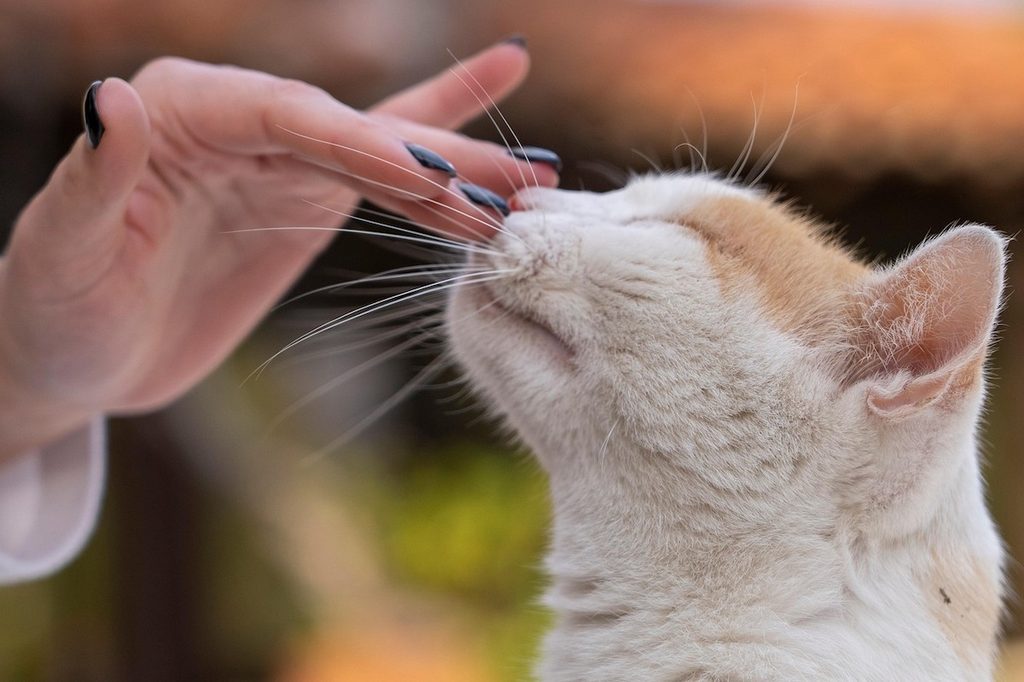
You may be surprised to learn that there are, in fact, different kinds of tickling. Gargalesis is the sort that makes a little kid laugh their head off when you go for their armpits. It’s overall a firmer touch and only works on certain areas of the body.
The other type of tickling is called knismesis and involves a lighter touch and often a goosebump feeling. This is also the one that cats experience, though we can’t really tell if they enjoy it or not. Cats probably feel this type so they know when something is in their fur, like a tick, and can get it off. That means it may be uncomfortable to them most of the time.
How do I know if my cat likes tickling?
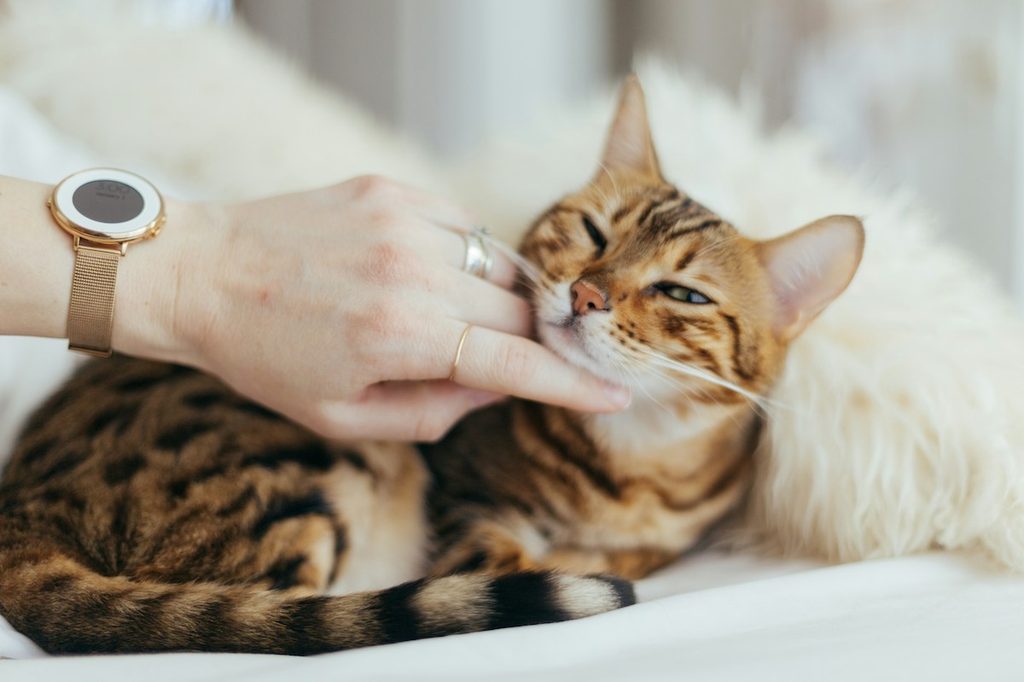
Some people love tickle sessions and others hate it. While not exactly the same sensation, cats have similar feelings. Your feline may enjoy a gentle nose rub now and then. To figure out if your little guy wants you to tickle her, look for the following signs:
- Purring
- Pushing against your hand
- Swishing her tail very slowly or leaving it still
When it comes down to it, tickling is really just another form of petting. Lots of furry friends love attention and will enjoy this, too. While you won’t get a laugh out of your beastie, a gentle purr will let you know you’re on the right track.
On the other hand, a cat who moves away from you or even hisses certainly doesn’t want the tickling to continue. Pay close attention to the eyes and ears, which will help clue you into her state of mind.
How to pet your kitty without tickling them
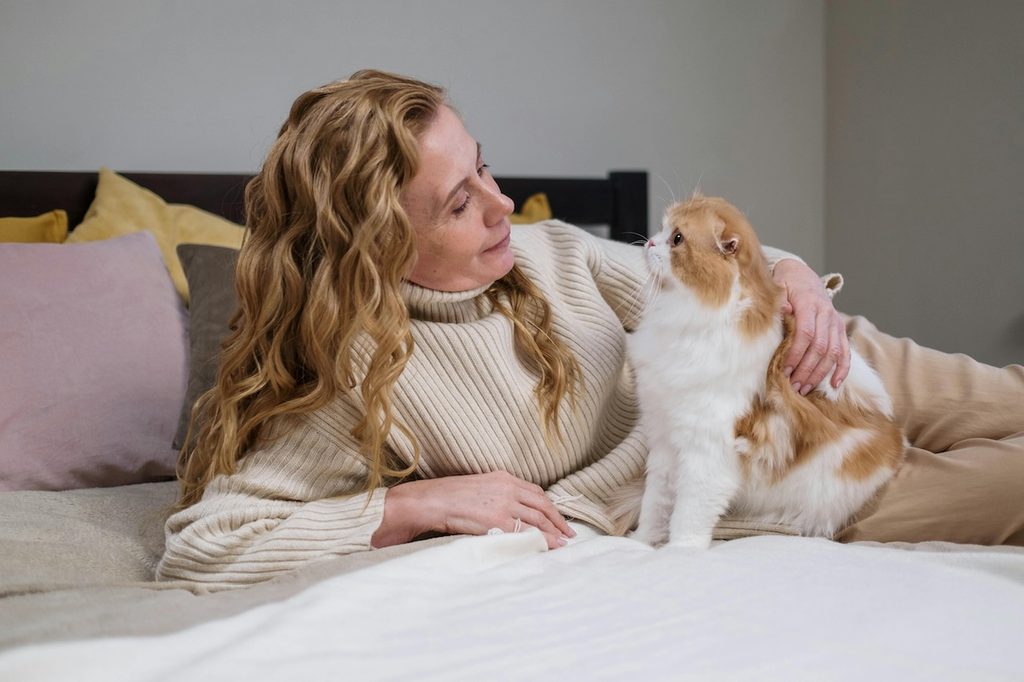
For the mouser that doesn’t appreciate the feeling, try a different approach. One thing you can do for her is skip the physical affection entirely — like you, sometimes she might just not be in the mood. Instead, play a game with her with a puzzle toy or stuffie. Alternatively, introduce cat trees or catnip to her routine, which will serve as mental stimulation, keeping her happy. When it’s time for petting, stick to the head, tail, and cheeks. Most fur babies will relish in getting some pats in those particular locations.
Tickling doesn’t feel the same to cats as it does to humans. They only experience one type, knismesis, and it can give them more of an itching sensation, possibly making them think that your fingers are a bug. While some might enjoy a gentle paw tickle from time to time, you probably want to stick to standard petting for the most part. You’ll know your four-legger doesn’t enjoy the pets if she tries to get away or pins back her ears. For cats who do have a tickle spot, feel free to give them a good scratch sometimes. You won’t elicit a giggle, but she could still be basking in the touch. Keep at it so long as you receive a happy response and perhaps add a nose rub to the equation.
